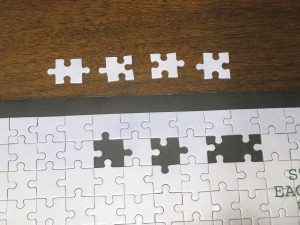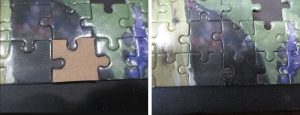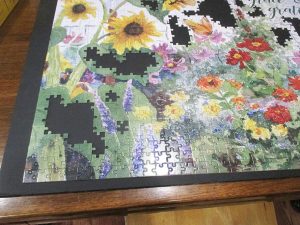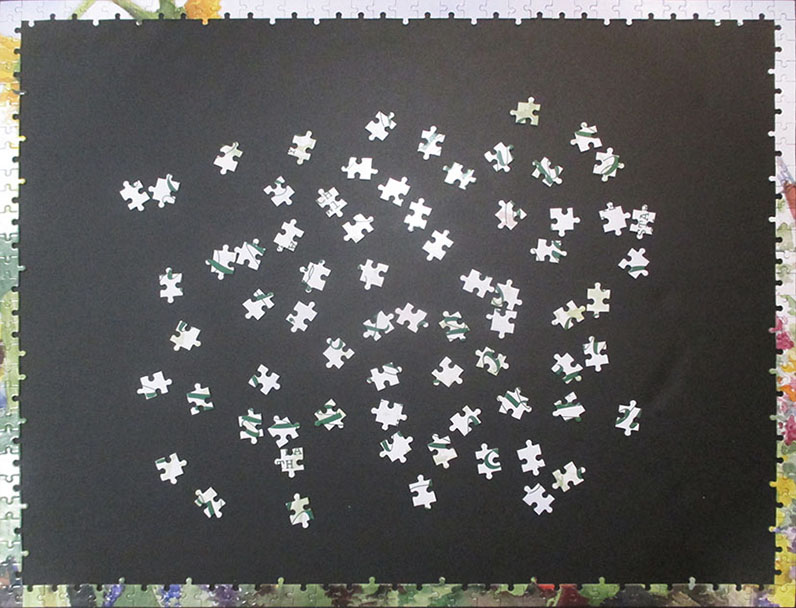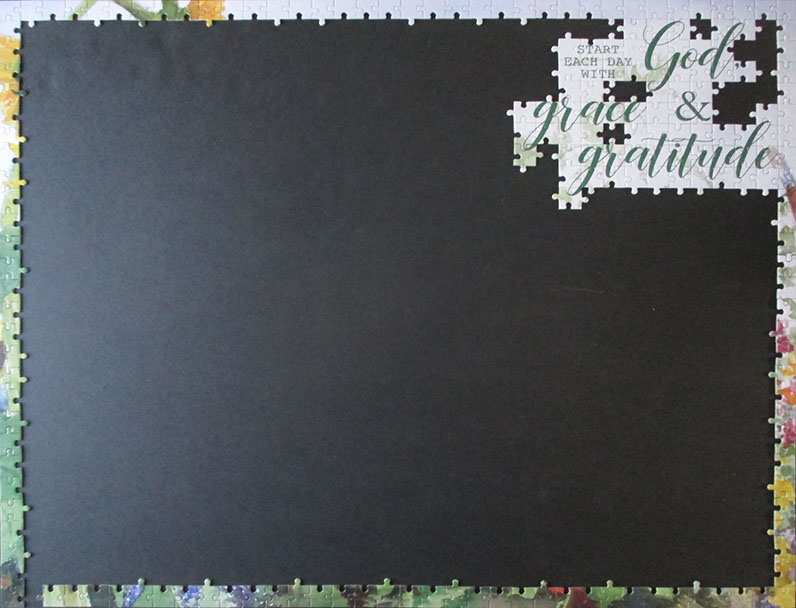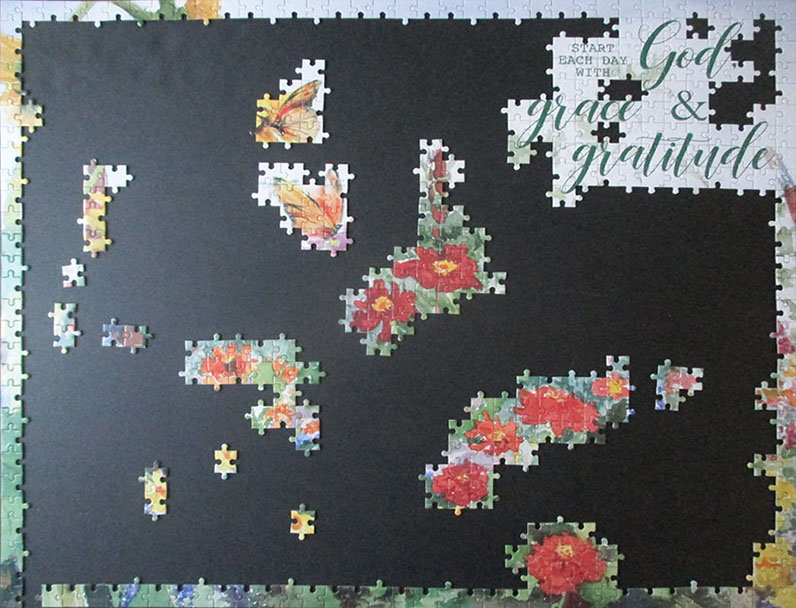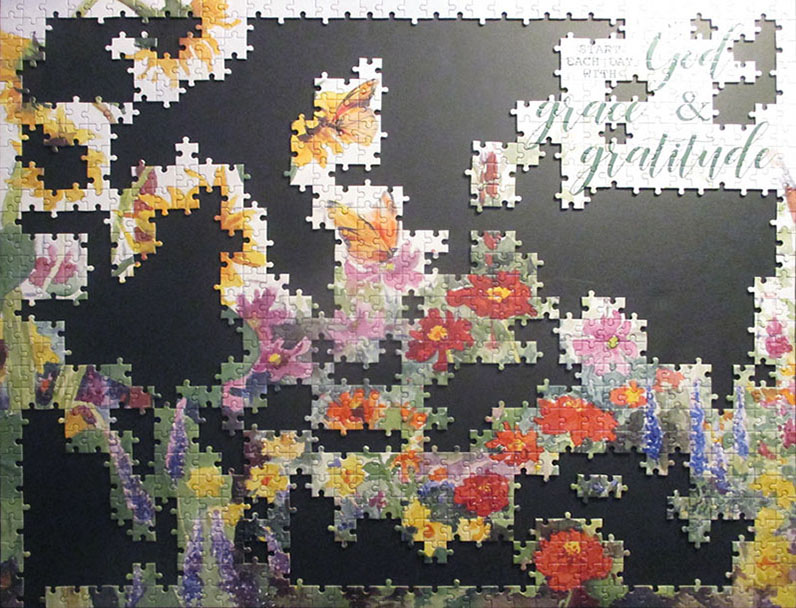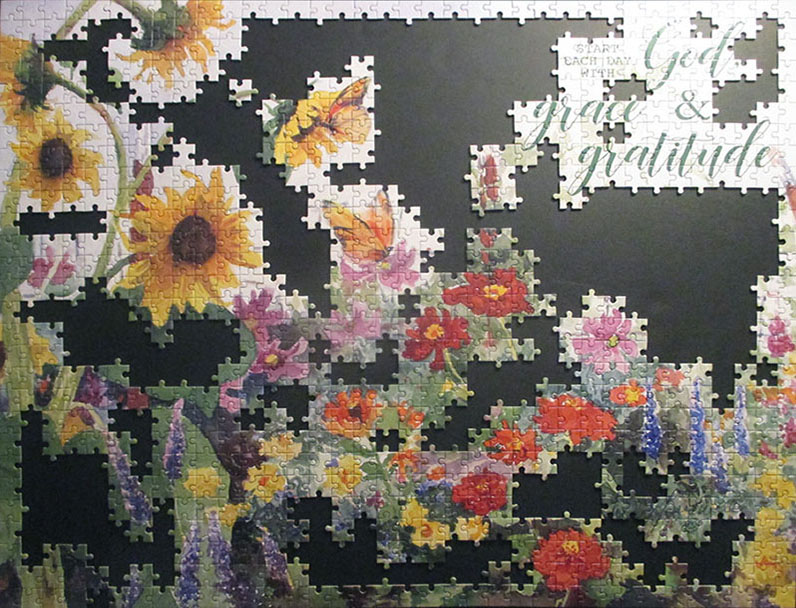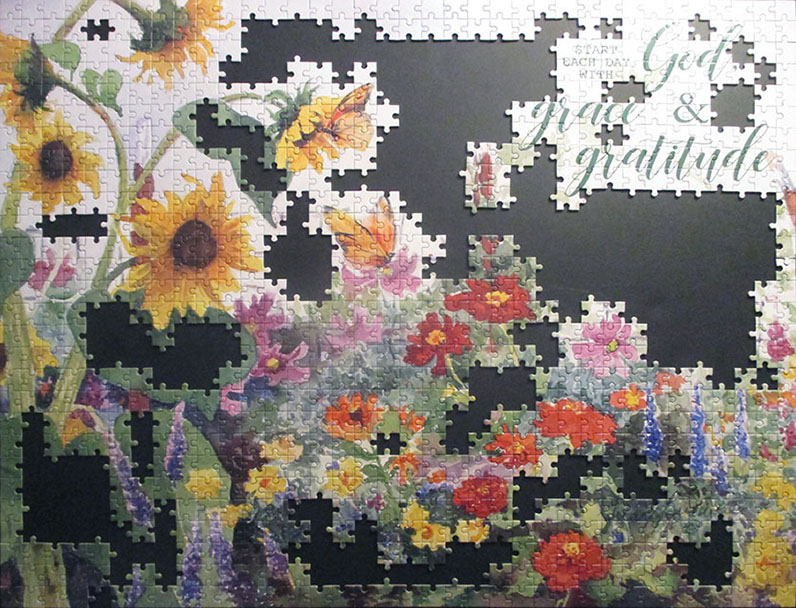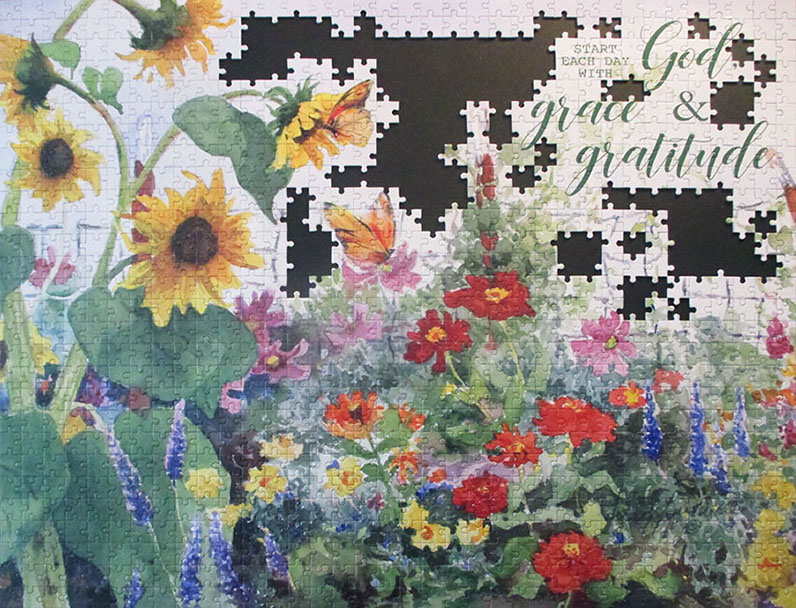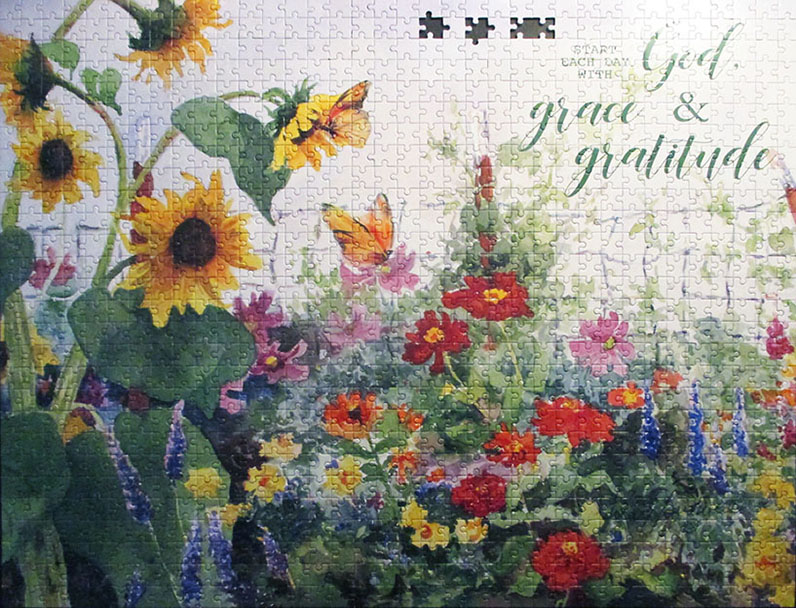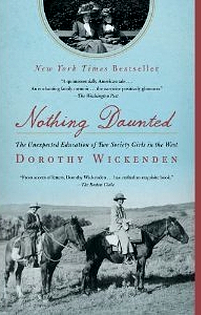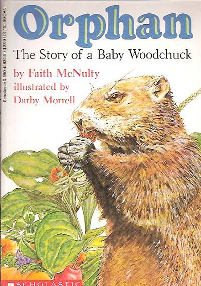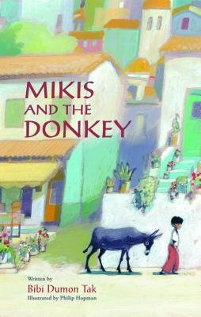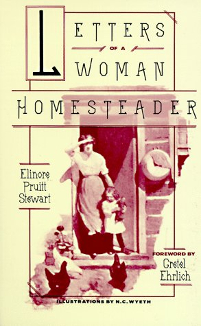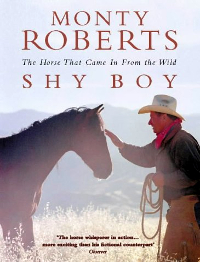The year has rolled over a good while ago now, and here I am finally posting my book stats for 2022. After having a bout of covid in January, I’m still a bit slow of thinking and absent-minded (the doctor says I should expect full recovery to take three to four more months, sigh). I have just not had the mental energy to tackle counting up my numbers (because um, I don’t keep track on any site like Goodreads that does the counting for me and makes neat little graphs).
So this is a tally from scrolling through my lists of posts on the back end of my blog: I read 135 books last year and abandoned 12. I don’t feel like I spent more time reading but listening to audiobooks while I do work around the house certainly boosted my count, and I think I read a lot of graphic novels and juvenile fiction again too.
Also higher number of abandoned books than usual. I’m actually kind of pleased with this- if I ditch things more readily when aren’t working for me, that leaves me free to move on to other, better books!
Favorites of the year:
Tracks by Robyn Davidson- woman crosses a vast Australian desert alone with four camels, for her own reasons. Beautiful descriptions of the landscape and plant life, while at the same time including some thoughtful introspection on the emotional reasons she had to get away from things.
Gluten-Free Girl by Shauna James Ahern- this book just meant a lot to me because I’m also gluten intolerant. So there was a lot here I could relate to and learn from. I especially appreciated that she looked at the changes in her diet not as a deprivation or restrictions to endure, but an opportunity to personally embrace new culinary discoveries.
Project Hail Mary by Andy Weir- I couldn’t put this one down. Sci fi story about an astronaut who finds himself alone in space with a desperate mission- and he encounters an alien species. It was just fantastic.
A Hunter’s Heart edited by David Petersen- interesting and thoughtful collection from the perspectives of hunters. A wide variety of voices and writing styles, all with their different reasons for hunting. Most show deep respect for the wildlife and appreciation for what they take (not just about trophies).
Beyond Words: What Animals Think and Feel by Carl Safina- on the depth of animal perception and emotion. The focus is on wolves, elephants, whales and chimpanzees but features many other animal species too. It is a moving, eye-opening, and saddening book, wonderfully written.
Never Out of Season by Rob Dunn- intricate details about the plants we depend on for food. Why their diversity is failing and why that matters. How they interact with pests and disease. How historical discoveries and current agricultural practices influence the foods we’re actually familiar with, and so much more.
Born a Crime by Trevor Noah- lively, astonishing, funny and poignant memoir from South Africa. I listened to this on as an audiobook, narrated by the author himself, and the voice was great.
No Way But Gentlenesse by Richard Hines- how a young man from a poor mining town in Yorkshire taught himself falconry with a kestrel, and it changed his life. Then his brother made a film about it (which I’ve seen)!
Still Life: Adventures in Taxidermy by Melissa Milgrom- stuffing dead animals might just sound creepy, but this book was wonderful. And if you’ve ever stood in front of displays in a natural history museum marveling at how real the forms look, this tells you all the little whys and hows behind that work.
An Eternity of Eagles by Stephen Bodio- beautiful book about all different types of eagles, especially focused on how humans have used them, feared or revered them and depicted them in art across the centuries.
The Song of the Dodo by David Quammen- hefty doorstopper book about the uniqueness of fauna on islands, why they are so unique, why new species arise or go extinct there, and tons of other relevant fascinating stuff.
A Stitch of Time by Lauren Marks- fascinating memoir about recovery from an aneurysm that affected this woman’s memory and language skills- including her very thought process.
More than ten, yeah. I had trouble picking. I gave so many books four stars this past year (that’s a great book in my rating system)! but somehow not a single five-star (nothing that struck me that I loved it and want to immediately add it to my own permanent collection). Am I getting that more critical? or just didn’t happen across any books that matched me as a reader so perfectly this time around.
Belatedly stepping into the new year, I’m not planning on joining any challenges, though I might participate in our public library one again, come summer. My main goal for the year is to read a good number of the books that are both physically on my own shelves and on my listed TBR here on the blog. I’d also like to make an effort to completely cross off all the books on at least one TBR post I have. Should be doable, right?
If I don’t keep getting my attention sidetracked by other books that catch my eye in the meantime! Which happens to all of us, I know. Expect more puzzle posts here, too. I think that will be a continual thing now, as my recovery drags on. (The doctor insisted it’s important that I take things very gradually, so).
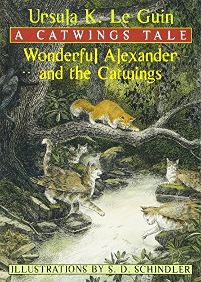


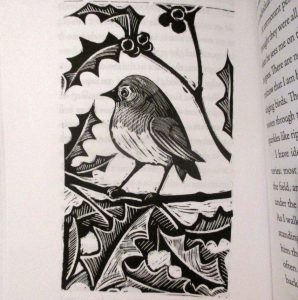
 When I found this puzzle at a thrift store, my mind drew a blank: why does it say inspirational garden? I kept thinking. It wasn’t until later at home when I opened the box and pulled out the picture insert from under all the pieces (not much help, barely larger than the box front) that I realized obviously why. There’s a religious saying in the upper right corner of the puzzle- which isn’t pictured on the box front. That was my least favorite part, so I did it first (also easiest to pick out the sharp letters from the jumble of loose flower colors). It was also the second-hardest part. I really liked assembling the flowers and foliage – though sometimes maddeningly abstract with the loose artistic brushstrokes. Reminded me of the
When I found this puzzle at a thrift store, my mind drew a blank: why does it say inspirational garden? I kept thinking. It wasn’t until later at home when I opened the box and pulled out the picture insert from under all the pieces (not much help, barely larger than the box front) that I realized obviously why. There’s a religious saying in the upper right corner of the puzzle- which isn’t pictured on the box front. That was my least favorite part, so I did it first (also easiest to pick out the sharp letters from the jumble of loose flower colors). It was also the second-hardest part. I really liked assembling the flowers and foliage – though sometimes maddeningly abstract with the loose artistic brushstrokes. Reminded me of the 